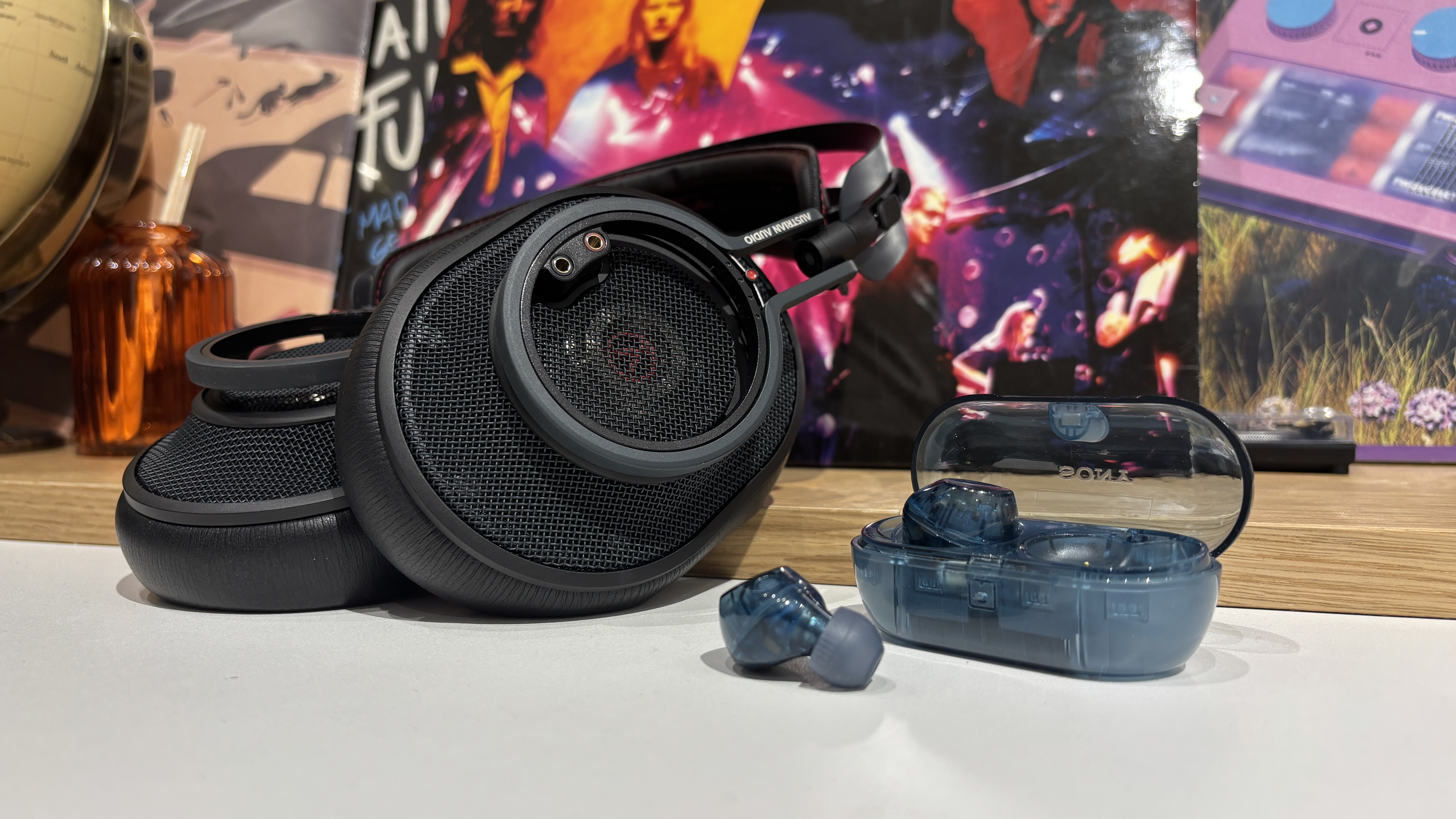How to connect headphones to your TV
Watching TV and movies in peace is easier than you might think
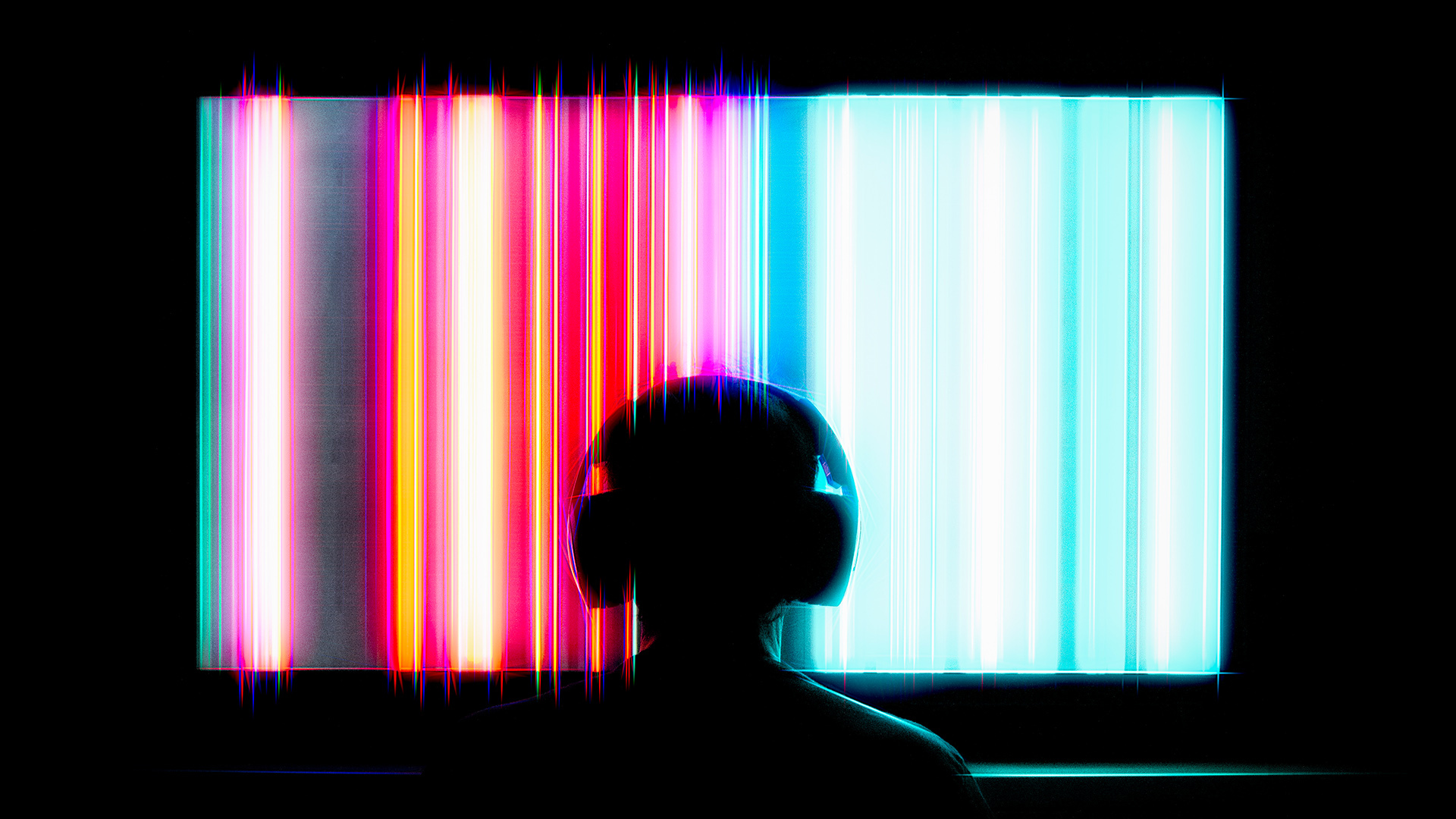
Even if you've succeeded in improving your TV's sound, there are times when you want to keep the audio to yourself. Maybe you're watching late at night and don't want to disturb the neighbours; perhaps the baby's napping in the corner and will rouse at the merest hint of Bargain Hunt; or your family is gathered for a special occasion and they don't share your passion for Baldur's Gate 3. Headphones are a particularly good solution when space or other device installation is an issue, and if you have sensitive neighbours or thin walls.
But how do you connect headphones to your TV? Will any pair work? And do wireless headphones require a dongle? Answers to these questions (and more) are just a short scroll away.
How to connect wireless headphones to a TV
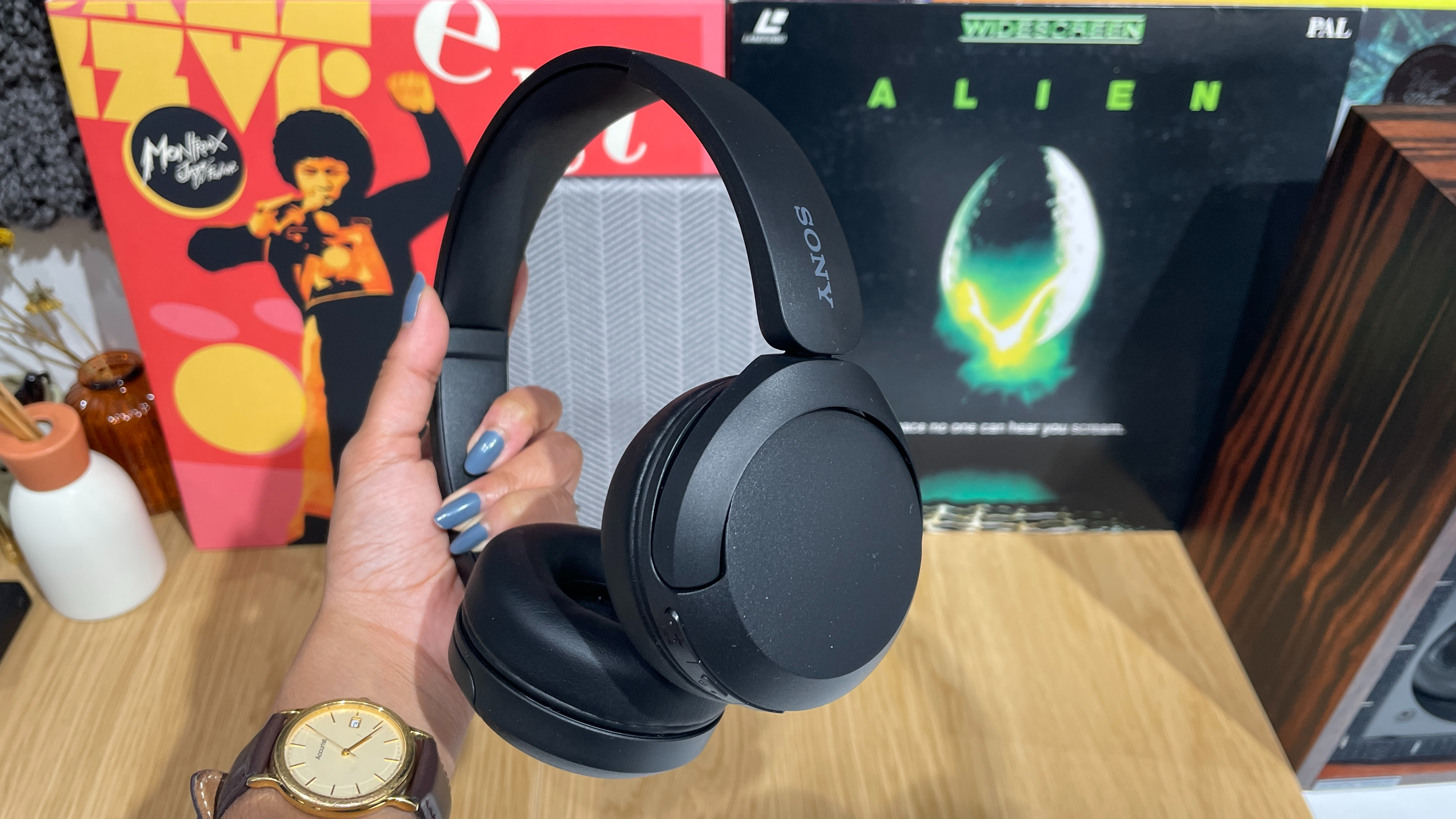
The simplest way to connect a pair of wireless headphones to your TV is by pairing them over Bluetooth, just as you would with any audio source like a laptop or phone.
But in order to do this, your TV will need to support Bluetooth technology itself. Pretty much all smart TVs have it – it's how they connect to their smart remote controls, after all – so if you've bought a new model in recent years, you should be fine.
To check if your TV has Bluetooth, head to its settings menu. It's usually listed under System or General.
Then it's a simple case of pairing as normal. Just follow these steps:
1. Put your headphones into pairing mode. How to do this depends on your headphone model, but usually it requires holding down a pairing button. When in pairing mode, typically a light starts blinking to show they're searching for devices to connect to.
2. Activate Bluetooth on the TV through the settings menu (this will vary by model).
3. Search for Bluetooth devices. The TV's menu might call this option 'pair a wireless speaker' or something similar, as speakers are more commonly paired with TVs than headphones are.
4. Select the headphone model from the list, and they should pair. Hey presto – you can now enjoy TV audio in private.
Here's how to pair with a Samsung TV, but all manufacturers will have implemented slightly different menus.
The features and audio quality that will be on offer through your headphones depend on what version of Bluetooth your TV and headphones are running, and which Bluetooth codecs and standards they support. The latest version of Bluetooth (5.4) should ensure a great match between audio and video and has a 40m indoor range, compared to Bluetooth 4.2's 10m range.
Kit supporting aptX Adaptive or aptX Low Latency delivers lower latency audio than standard codecs, for example, theoretically reducing syncing issues. TVs don't tend to innately support such higher-quality flavours of codecs, however, so you might want to plug a Bluetooth transmitter into your TV (more on that below).
Some Bluetooth-equipped TVs offer their own audio delay settings, too, which can help you marry up picture and sound.
As for the best Bluetooth headphones to buy, our pick includes the class-leading Sony WH-1000XM5, budget Sennheiser HD 250BT and in-ear Bose QuietComfort Earbuds II.
But what if your TV doesn't have Bluetooth?
How to use wireless headphones without a Bluetooth TV
You can still use wireless headphones with a TV that doesn't have Bluetooth built-in, but you'll need an extra piece of equipment – a dongle, also known as a Bluetooth Audio Transmitter. This usually affordable 'middleman' device plugs into your TV and is what your Bluetooth headphones wirelessly connect to.
Be warned – not every dongle will work with every TV. You'll need to check which audio connections your TV has. If it lacks RCA, the 3.5mm headphone jack or TOSLINK ports, you might need an adapter.
Then you just follow the dongle's instructions to pair your wireless headphones.
How to use wireless headphones with a media streamer
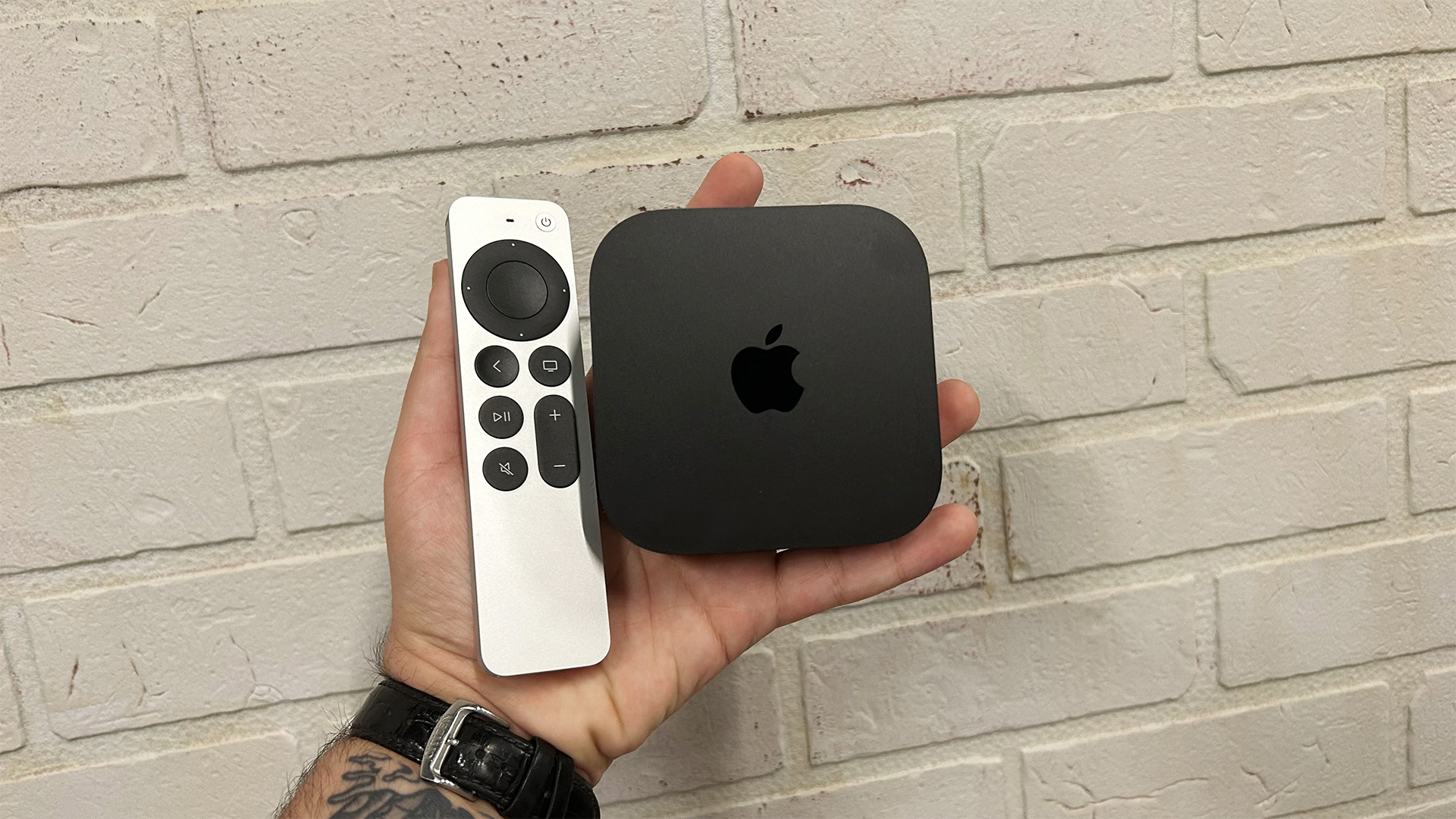
There is another way to use wireless headphones with a Bluetooth-less TV: you can pair them with your media streamer instead, like the Apple TV 4K, Google Chromecast with Google TV or Amazon Fire TV Stick 4K.
These video streamers primarily bring entertainment apps – like Netflix, Amazon, Disney+, Apple TV+ and Spotify, for example – to non-smart TVs that don't have them built in. And they also bring Bluetooth.
To connect your wireless headphones to your media streamer, head to the streamer's settings and pair them as you would with any Bluetooth device. Again, each device's settings menu will look slightly different, so there's no uniform way to do this. But it should be as simple as connecting to any audio source.
How about made-for-TV headphones?
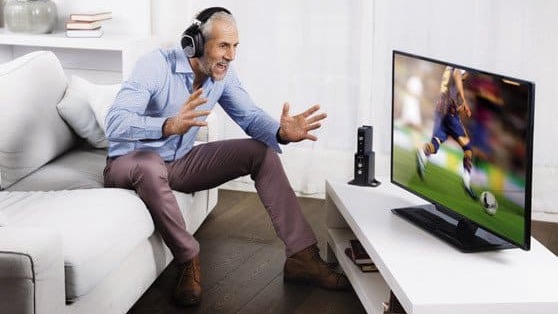
If you're really serious about using headphones with your TV – perhaps you're a gamer – you can buy dedicated headphones built specially for the task. These have a base station that connects to your TV and transmits audio over infrared (RF), which means the sound reaches your ears with less lag (or delay) than it typically would over a wireless Bluetooth connection. That may sound quite old-school, but it gives gamers a crucial advantage.
These headphones are made by Sennheiser, Avantree and Logitech, among others.
How to connect wired headphones to your TV
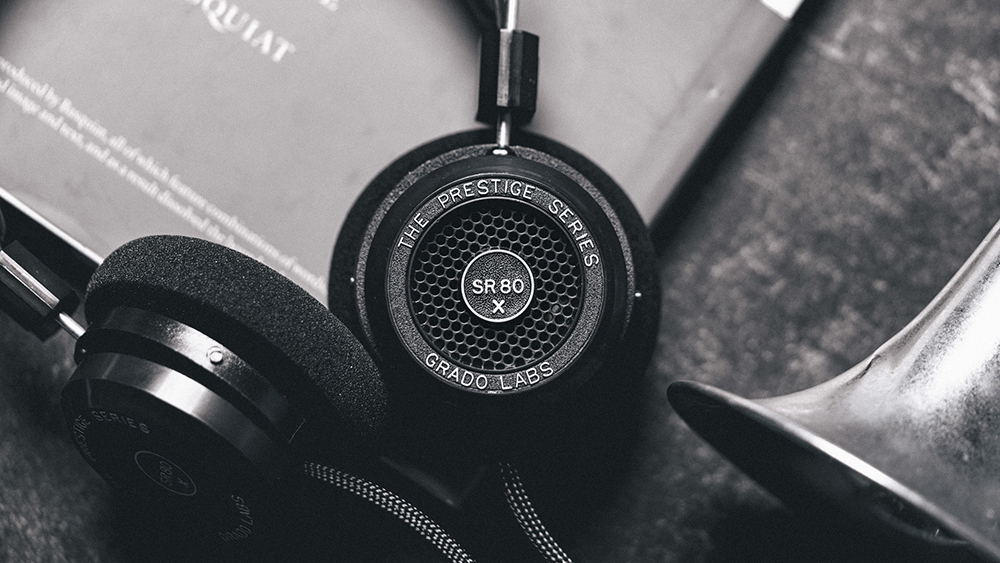
You can connect wired headphones to a TV too, of course, so long as you have the right connection.
If your TV has a 3.5mm jack, great – plug your headphones straight in and you're away. Only have RCA outputs? Simply get yourself an RCA-to-3.5mm adapter to go between your headphones and TV to make them compatible.
It might be the simplest way to connect your headphones, but it's not the most convenient. You'll need to get around the back of your TV every time you want to listen through headphones. You'll also need to acquire a long cable to sit a comfortable distance away from the TV (though a decent pair of over-ear headphones, designed for home listening, may well come with one). And of course, you'll be physically tethered to the set and therefore at risk of yanking the headphones off your head if you turn (or someone else trips over the cable!)
MORE:
Why your Bluetooth headphones won’t work with your PS5 or Xbox Series X (and how you can fix that)
An ode to open-back headphones – and why I'd never go (closed-)back
The best over-ear headphones might be ideally suited to TV-watching
Get the What Hi-Fi? Newsletter
The latest hi-fi, home cinema and tech news, reviews, buying advice and deals, direct to your inbox.
Joe has been writing about tech for 20 years, first on staff at T3 magazine, then in a freelance capacity for Stuff, The Sunday Times Travel Magazine (now defunct), Men's Health, GQ, The Mirror, Trusted Reviews, TechRadar and many more. His specialities include all things mobile, headphones and speakers that he can't justifying spending money on.

